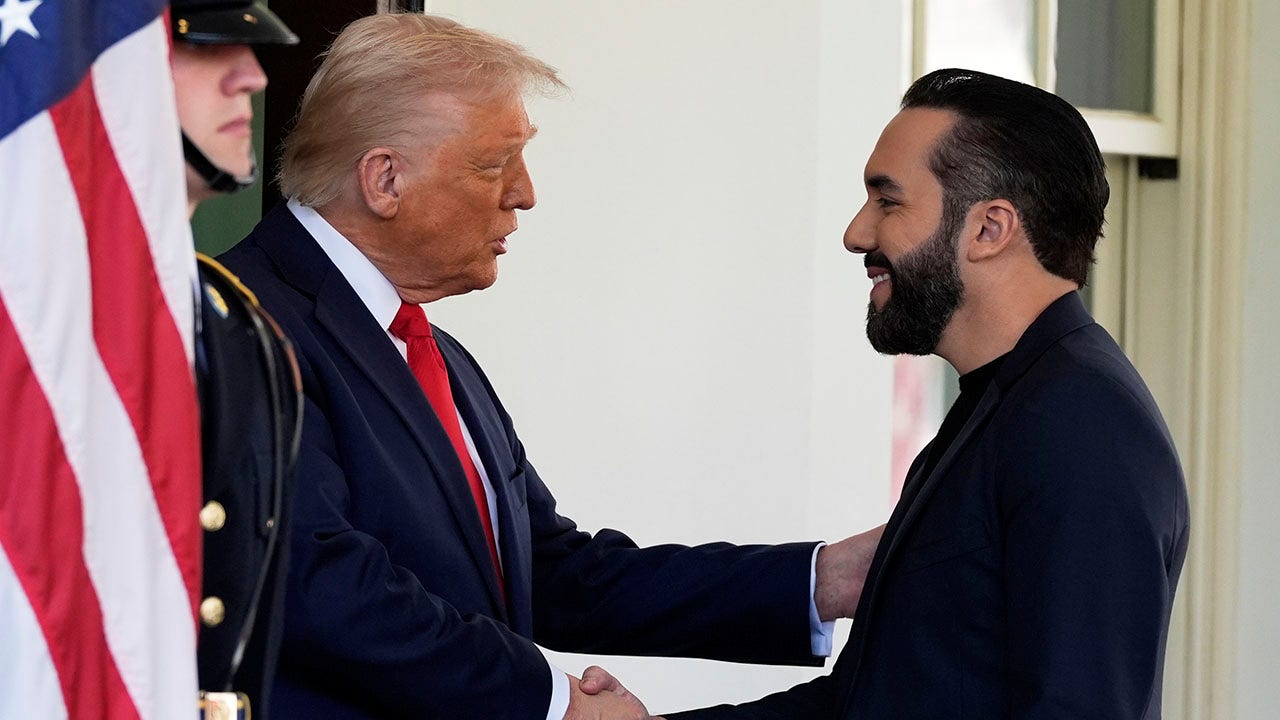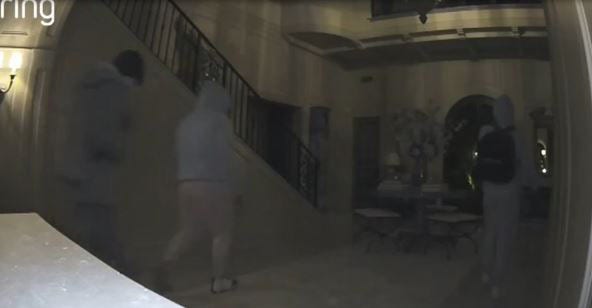MEXICO, Jan 13 (IPS) – The case of a man arrested in Texas, in the south of the United States, for shipping arms parts to Mexico immediately caught the attention of authorities in both countries. But it was only one thread in a web that continues to become more and more tangled.
At a binational meeting in early October, following the inauguration of leftist President Claudia Sheinbaum on 1 October, Mexicans complained to their counterparts about the flow of gun parts through online shops and the United States postal service into Mexico.
The host, the Mexican government, briefed the United States government on the issue and asked for more measures to control the smuggling, including uniform shipping codes to make it easier to identify packages and confiscate them, which Washington has so far rejected.
Sheinbaum herself stressed in her morning conference on Thursday 9 January the importance of cooperation to curb trafficking at customs and borders.
“Just as they are concerned about the entry of drugs into the United States from Mexican territory, we are concerned about the entry of weapons. What we are very interested in is that (with Trump) the entry of weapons stops,” she said.
Mexican drug cartels hire individuals in the United States to ship parts to Mexico, where they assemble the weapons, and people who receive payment in cash or remittances on both sides of the border.
In the Texas case, which broke out in December 2023, the accused sent parts and manuals, and assessed on how to assemble 4,300 rifles in exchange for payment of US$3.5 million.
It is a modality that belongs to the so-called “ghost guns”, which can be manufactured with 3D printers or assembled with parts without serial numbers, making them untraceable.
Eugenio Weigend, an academic at the public University of Michigan, with its campus in Ann-Arbour, Michigan, noted that the manufacture of so-called “miscellaneous weapons”, such as components, is on the rise.
“They are a problem. Traffickers find many ways, it’s a new channel they use, it’s one of several options. It adds another layer to the arms trade and exacerbates the problem” of drug trafficking and violence, he told IPS from Austin, capital of the border state of Texas.
The Gun Control Act of 1968 does not regulate the fragment industry, so minors and people who would not pass a legal background check in the United States can buy them.
In recent years, the production of these components has increased exponentially in the northern nation, with lethal consequences for Mexico.
As the November report Under the Gun: Firearms Trafficking in Latin America and the Caribbean, produced by the non-governmental Center for Strategic and International Studies (CSIS), explains, transnational criminal organisations frequently change their methods and ways of obtaining weapons, persistently seeking the least guarded route.
Fragments are components, such as frames and receivers. However, specific figures for seizures of arms parts alone are not always published in a disaggregated manner, as statistics tend to group together both whole weapons and their components.

Lethal mix
While Mexico provides drugs for the United States trafficking and consumption market, its northern neighbour supplies weapons to criminal gangs, in a vicious cycle that causes its share of death in both territories.
Between 2016 and 2023, seizures of shipments to Mexico more than tripled, according to the non-governmental Small Arms Survey (SAS), based in the Swiss city of Geneva.
In parallel, figures from the United States Bureau of Alcohol, Tobacco, Firearms and Explosives (ATF) indicate that half of the weapons seized in Mexico were manufactured in the United States, while almost one-fifth came from other countries.
In more than one-sixth of the cases, non-United States companies produced them, while the ATF was unable to establish their origin in a similar percentage.
ATF was able to trace half of the product to retail buyers, but failed to link almost 50% to a specific buyer. Half were handguns and one third were rifles.
The statistics show an obvious underreporting, as the ATF only receives weapons that a federal agency, such as the attorney general’s office or the Army, captures in Mexico and forwards to it. But captures by state agencies are excluded.
Texas and Arizona were the main sources, due to their gun shops and fairs, and this Latin American country was the main market. There are more than 3,000 arms manufacturers operating in the United States, including several producers of parts kits.
Since 2005, the trend in the manufacture of miscellaneous weapons, which are essentially frames and receivers, has been on the rise, totalling 2.7 million in 2022. But between then and 2023, production fell by 36%, according to the United States Department of Justice, based on its partial figures.
Guns boost the capacity of criminal groups vying for access to the juicy United States criminal market, which also has an impact on violence levels in Mexico.
This has a direct impact on violence in this country of 130 million people, where more than 30,000 homicides occur annually, most of them committed with firearms, and more than 100,000 people go missing.
“Most trafficked weapons are obtained by dozens or hundreds of proxy buyers who conduct multiple transactions of low quantities of weapons, which are then trafficked across the border in large quantities of small shipments, usually in private cars. Detection and interdiction of these shipments is impossible,” SAS researcher Matt Schroeder told IPS from his Washington headquarters.
Estimates indicate that between 200,000 and 873,000 firearms are trafficked across the United States border into Mexico each year, with between 13.5 million and 15.5 million unregistered firearms circulating in Mexico.

Inefficient
Measures implemented by both governments have not been sufficient to stem the flow of arms and their fragments.
The two nations formed the High-Level Security Dialogue in 2021, with five groups, including one on cross-border crimes. They are also part of the Bicentennial Framework, a binational security initiative that replaced the Merida Initiative that the United States funded between 2008 and 2021.
The United States has provided Mexico with US$3 billion in assistance since 2008 to address crime and violence and strengthen the rule of law, without the desired results.
This could be explained by facts such as those detected by the United States Government Accountability Office (GAO), which found no specific activities to achieve the set goals, nor performance indicators and evaluation plans.
In 2021, the GAO recommended improved weapons tracing, investigations of criminal organisations and greater collaboration with Mexican authorities.
That year, Mexico sued eight companies, including six United States-based producers, for US$10 billion in damages for negligent marketing and illicit trafficking of weapons in a case before the United States Supreme Court.
And on the other side, the administration of outgoing President Joe Biden, in office since January 2020 and set to hand over to ultraconservative tycoon Donald Trump on 20 January, stepped up federal controls on the purchase and distribution of guns.
Because of the loophole, the ATF issued a provision in 2022 reclassifying parts kits to have serial codes. The United States Supreme Court is considering a lawsuit brought by the producers of these kits against the measure.
The academic Weigend envisioned a complicated panorama, especially with Trump’s return to the White House.
In Mexico “this issue will continue to be a priority and a problem on the border, but in the United States I am not so optimistic that a regulation will pass at the federal level,” he said.
“Perhaps the Mexican administration will raise its voice more than the United States, it can generate more information about the impact of guns in the country, do more research, highlight the fact that the Hispanic population (in the United States) suffers more gun violence than other groups,” he said.
In fact, during his first term in office (2017-2021), Trump had a mixed performance on gun control, as his administration strengthened background checks for gun buyers and increased prosecution for gun crimes.
But it did not establish stricter laws, production and sales increased in 2020, among other causes due to the covid-19 pandemic, and the fight against cross-border trafficking made little or no progress.
For researcher Schroeder, binational trafficking requires resources to shore up several areas.
“A significant reduction in this trafficking requires, at the very least, a significant increase in resources for inspection at ports of entry and exit, for investigation of trafficking schemes, and greater coverage and education of potential sources of weapons in the United States,” he said.
Bilateral cooperation is on hold on the eve of Trump’s inauguration, who has criticised Mexico for its role in drug trafficking, to which the Mexican government has responded by asking it to help stem the flow of weapons.
A latent threat is the disappearance of the ATF, which would complicate the investigation and tracing of weapons. Republican senators Lauren Boebert, an explicit gun enthusiast, and Eric Burlinson introduced an initiative to that effect on Tuesday 7 January.
© Inter Press Service (2025) — All Rights ReservedOriginal source: Inter Press Service




















Discussion about this post